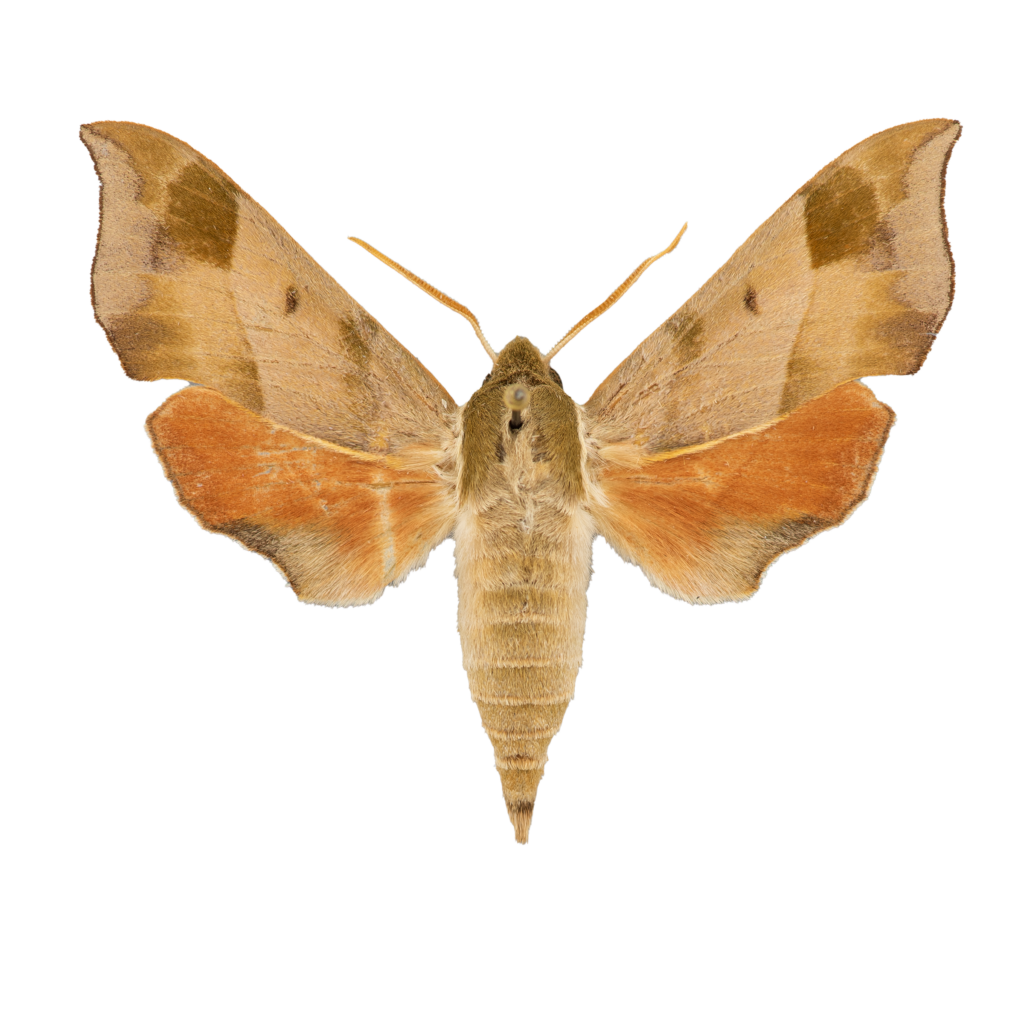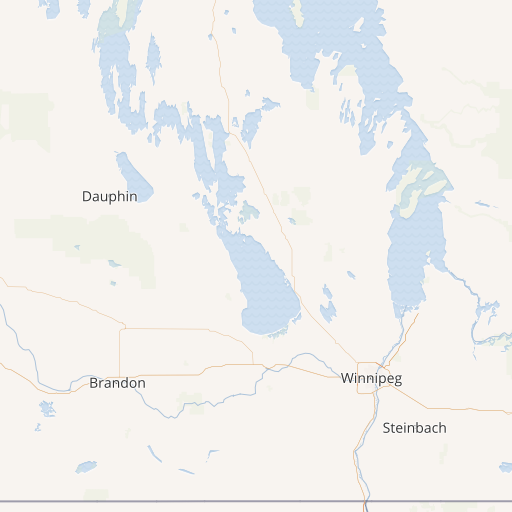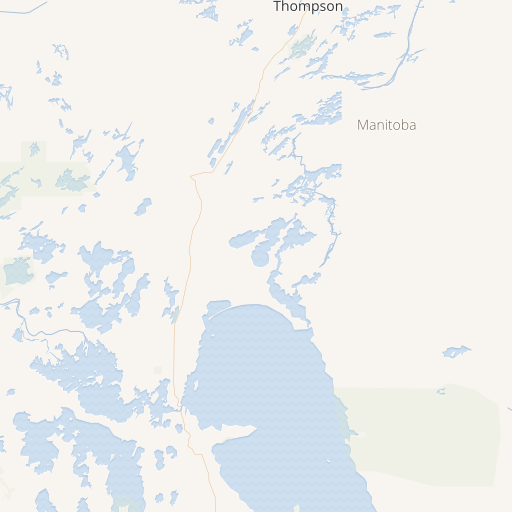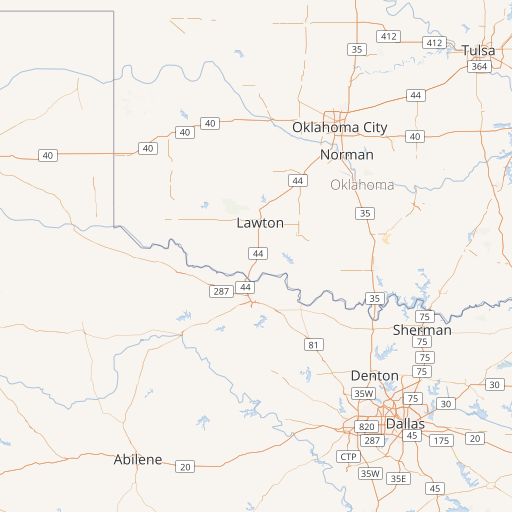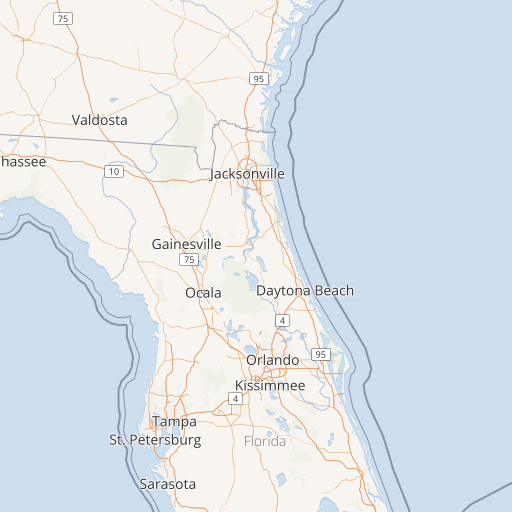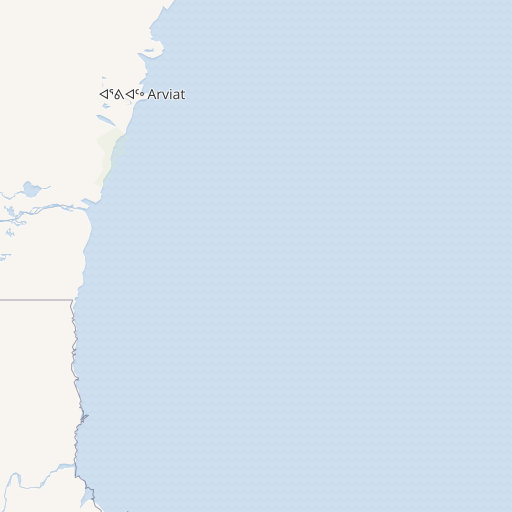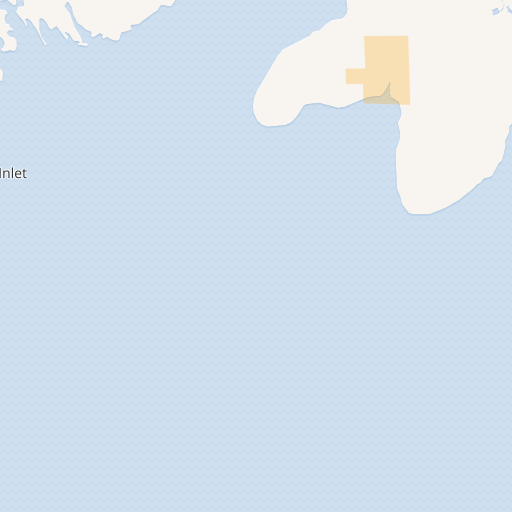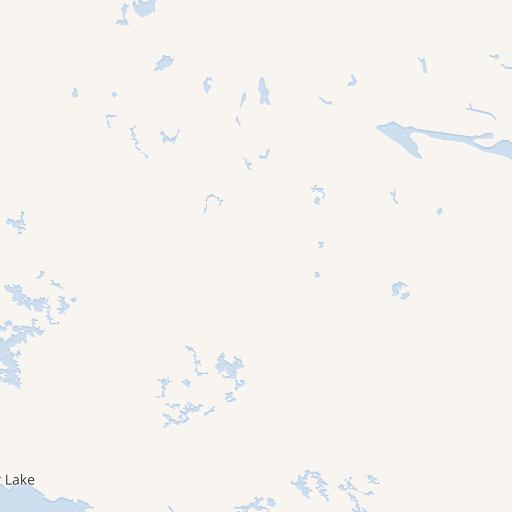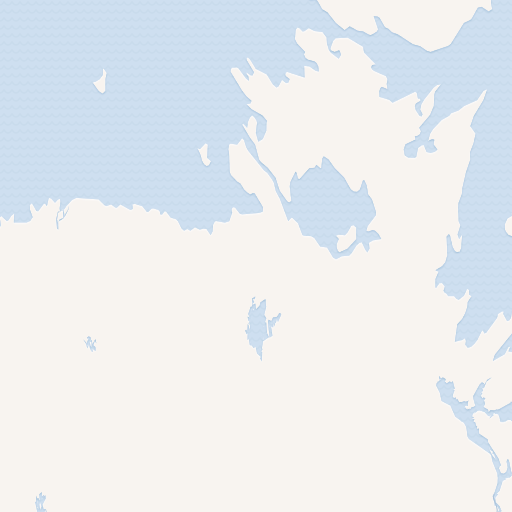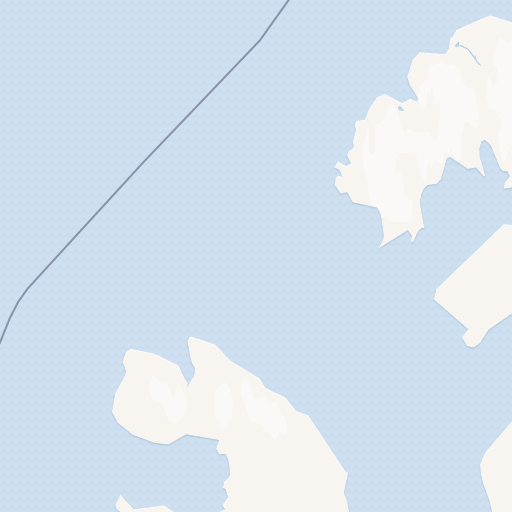About
Darapsa myron, commonly known as the Virginia Creeper Sphinx, is a large moth found throughout North America. Its forewings have a range of colors, from pale tan to dark brown, and they are marked with intricate patterns that can include white or cream-colored spots. The hindwings are orange, which creates a striking contrast against the forewings.
As a member of the Sphingidae family, the Virginia Creeper Sphinx is known for its strong and swift flight. It has a wingspan of up to 4 inches and can easily be mistaken for a hummingbird as it hovers near flowers while feeding on nectar.
One fun fact about the Virginia Creeper Sphinx is that its caterpillar feeds on a variety of plants, including Virginia creeper, grapevine, and tomato. When threatened, the caterpillar can inflate its thorax, making it appear larger and more intimidating to predators.
The species name, myron, is derived from the Greek word “myron,” which means “sweet oil.” This may refer to the moth’s habit of collecting nectar from flowers, which is a source of sweet liquid.
forests, fields, and suburban areas

